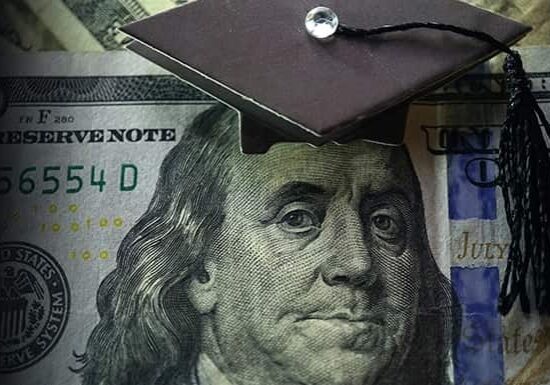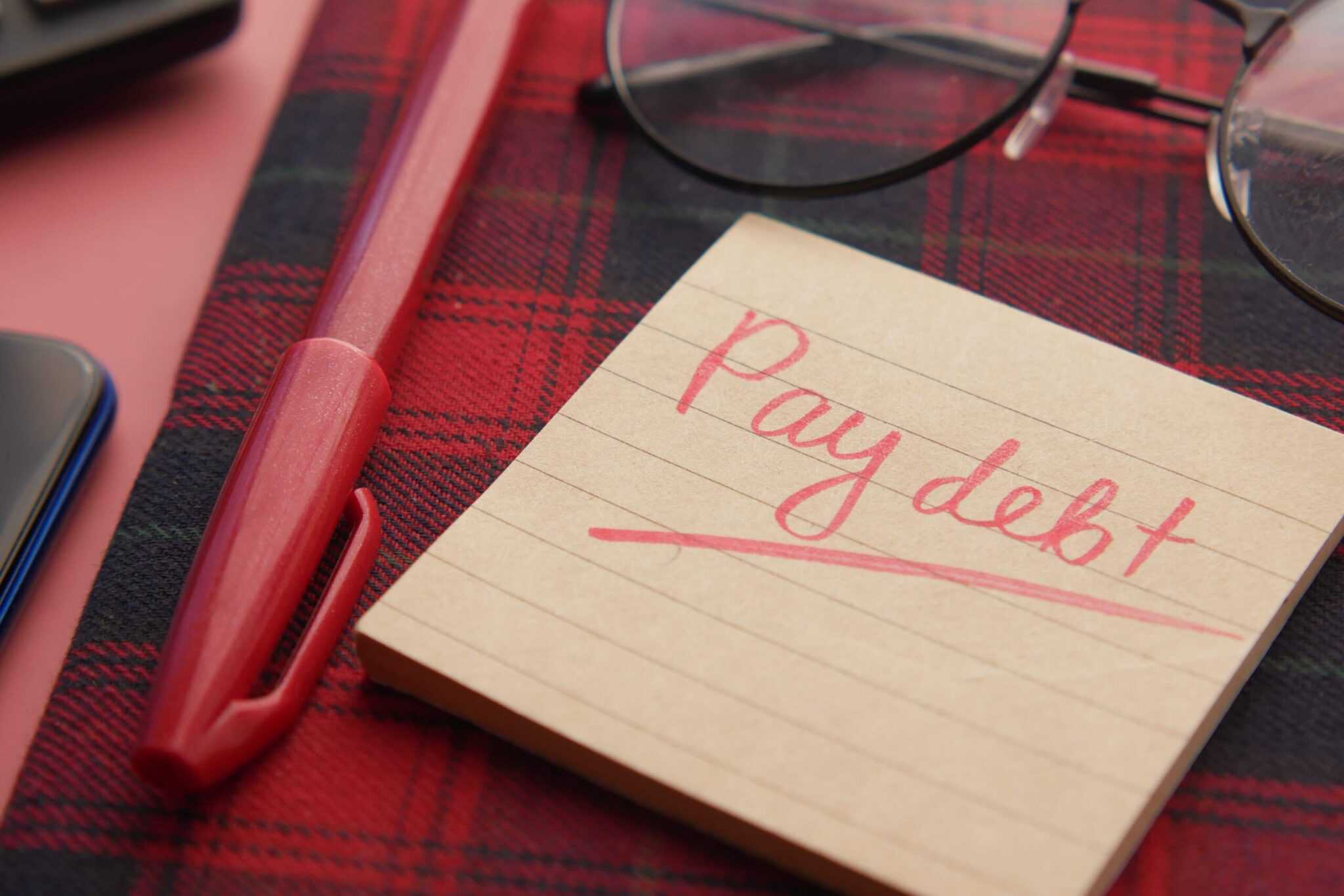How To Get Out Of Default On Student Loans?
Updated: June 19, 2024
Published: December 16, 2021

In America, the average individual student loan debt amount is $37,693. Altogether, America has amassed a student debt amount of $1.73 trillion.
Student loan debt exists because students borrow money to help cover the costs of college, which may include private student loans, federal student loans, or a combination of both.
Despite the growing amount of student loan debt, there are ways to mitigate a large amount of debt. So, we are here to share how to get out of default on student loans.

What is Student Loan Default?
Typically, when an individual finishes their higher education, there may be quite a large amount of debt attached to having earned their degree.
Student loan default happens when a student fails to repay their loan amount in the specified time that they agreed to do so within their loan contract.
Some people defer the loans until they obtain a job. Others start a payment schedule right away that can take them up to 30 years to pay off, just like a mortgage.
When individuals default on their student loans, several negative consequences are attached to it. These can include: garnished wages, being sent to collections, being sued and having to obtain a lawyer are all downfalls if an individual defaults on their student loans.
This is why it’s not the best route to choose, and it’s better to know how to get out of default on student loans.
How to Get Out of Default on Student Loans
Let’s take a look at some ways you can avoid defaulting on your student loans.
1. Loan Forgiveness Programs
There are a few programs out there that assist with loan forgiveness. Loan forgiveness means that you could get out of having to pay back the entire balance remaining on your loan if you fulfill the requirements.
For example, The Public Service Loan Forgiveness (PSLF) program will forgive the remaining amounts on Direct Loans if the borrower has made 120 qualifying payments under a repayment plan, while working for a qualifying employer.
There are loan forgiveness programs available to public sector employees. You can do some research to see if there are any programs that can help forgive your remaining loan balance.
2. Disability Discharge
Another way to avoid student loan default is if the person has a disability. There are federal programs available that allow a person to completely be loan-free if they are diagnosed as medically disabled. While this isn’t a common way to get out of student loan default, it is relevant if your circumstance calls for it.
3. Repayment Plans
Another option a student might have is to find the right repayment plan. There are plans out there that allow you to pay back your student loan debt based on your annual income, rather than being based on your total debt amount.
This alternative way of repaying back debt allows you to have a comfortable payment amount and not feel pressured to pay a high number that doesn’t align well with your annual income.
4. Refinancing
Refinancing has been around for ages. Regarding refinancing for student loan debt repayment, this option is being used more and more. Say you’ve taken out a loan at a specific interest rate, but then you find another lender or bank that is offering a lower interest rate. You can refinance your debt with the new lender or bank to ease the payment amount.
5. Employer Aid
Some people are also in a position where their employer offers to assist and possibly even repay most of their student loan debt if they are full-time employees and have been working for the employer for a certain amount of time.
Healthcare companies and big tech companies are the leaders in running employer aid programs. Find out if your current employer offers this option. Or if you are job searching, then look for companies that do, as this added benefit is essentially like earning a higher salary
6. Student Loan Rehabilitation
Student loan rehabilitation is generally a 9-10 month repayment plan where a borrower can be taken out of default status if they’ve been making their agreed payments during this time. The lender and the borrower agree to a repayment plan and amount that the borrower feels like they can afford. After the borrower makes all the payments, the default status can then be removed from their credit history.
Considerations for Choosing Your Solution
As you can see, there are a few different options for how to get out of default on student loans. To pick the option that’s best for you, take the following considerations into account:
Types of Loans You Have
As stated before, there are federal and private student loans. It is of utmost importance that a person understands their loan type, the requirements that are attached to said loans, and the repayment options that come with it.
Personal Income Level
When speaking about income levels, certain loans are repaid based on income and not on the amount leftover to pay back. So, it makes sense for your loan payment to work in harmony with your income level.
If you are able to set up a repayment plan based on your income level, then prepare a budget to help you determine how much you afford each month to be used towards paying back your student loans. This way, you can avoid default.
Credit Score
Your credit score also plays a key role in loan repayment because the higher your credit score (which is better), the more options you will have available. This is because with a higher credit score, you are already indicating that you have strong creditworthiness, or in other words, are less likely to default on a loan.
If you have a strong credit score, you can open lower interest credit cards, get credit cards with balance transfers, and even have the possibility to take out a private loan with lower interest rates that can help you pay back your student loans.
Employment
If you’re in a position where you are eligible for employer assistance, this too can assist in paying off your student loan debt. Again, find out if your employer has any programs that help students pay off their loans.
Loan Status
Keeping loans current and not in default is important because it will significantly impact your credit score. If you default on a loan, the lender has no choice but to send you to collections, which ends up negatively impacting your credit score. If your loan is already in default, then you’ll probably want to look for a student loan rehabilitation program. If you have been making payments consistently, then find out if you are eligible for loan forgiveness. Your current loan status and situation will inform your future options.

The Bottom Line
Defaulting on student loans is never desirable. It could end up happening without planning for it, which is why you have to be proactive in managing your student loan debt.
The good news is that there have been advancements in supplemental programs for the public, so a student shouldn’t have to default on a loan. Keeping your payments current, inquiring with employers to see if they have assistance programs, and the possibility of refinancing are all great options when it comes to staying away from loan default.
Another idea is to attend an affordable university instead so that you can avoid having to take out student loans altogether. For example, University of the People offers tuition-free degree-granting and certificate-granting programs, making it possible to obtain your higher education without having to spend an arm and a leg.
